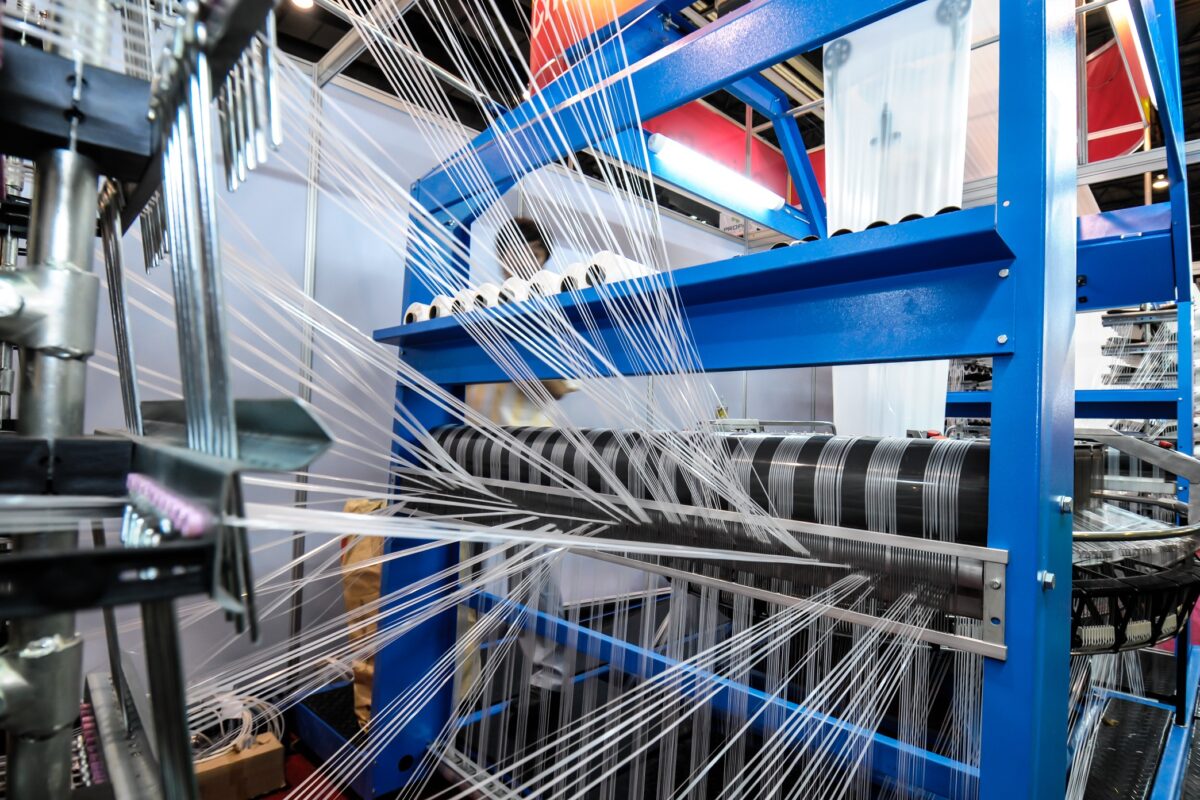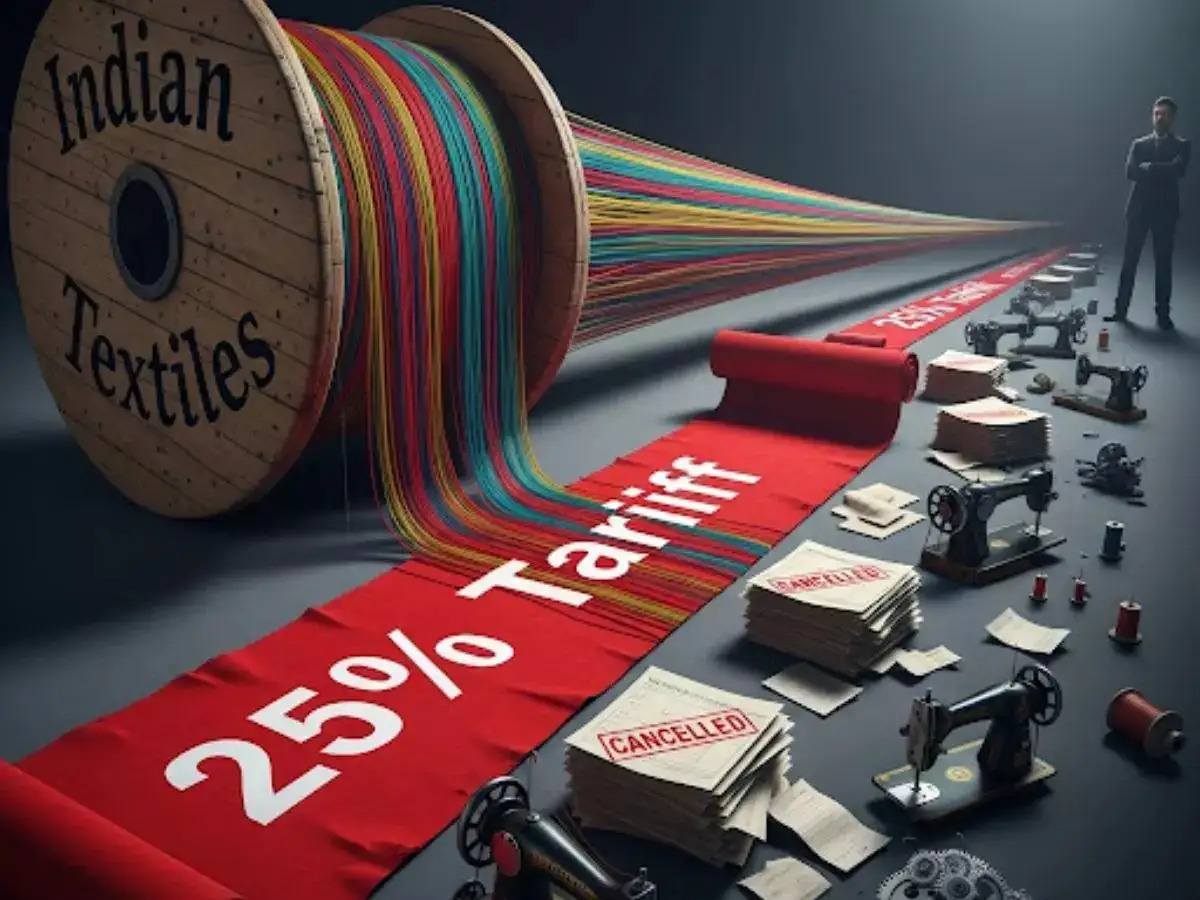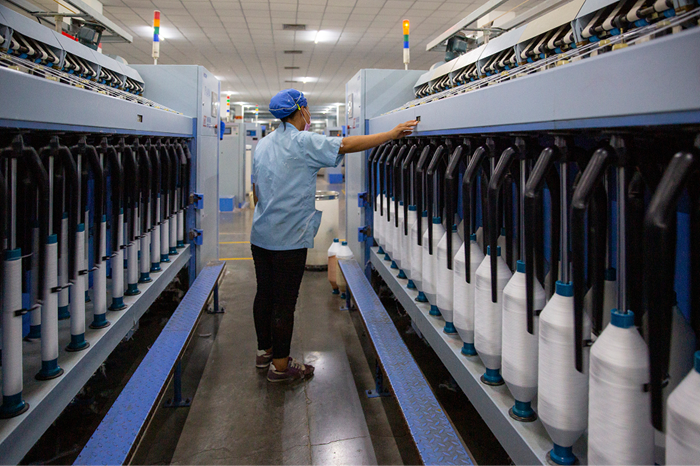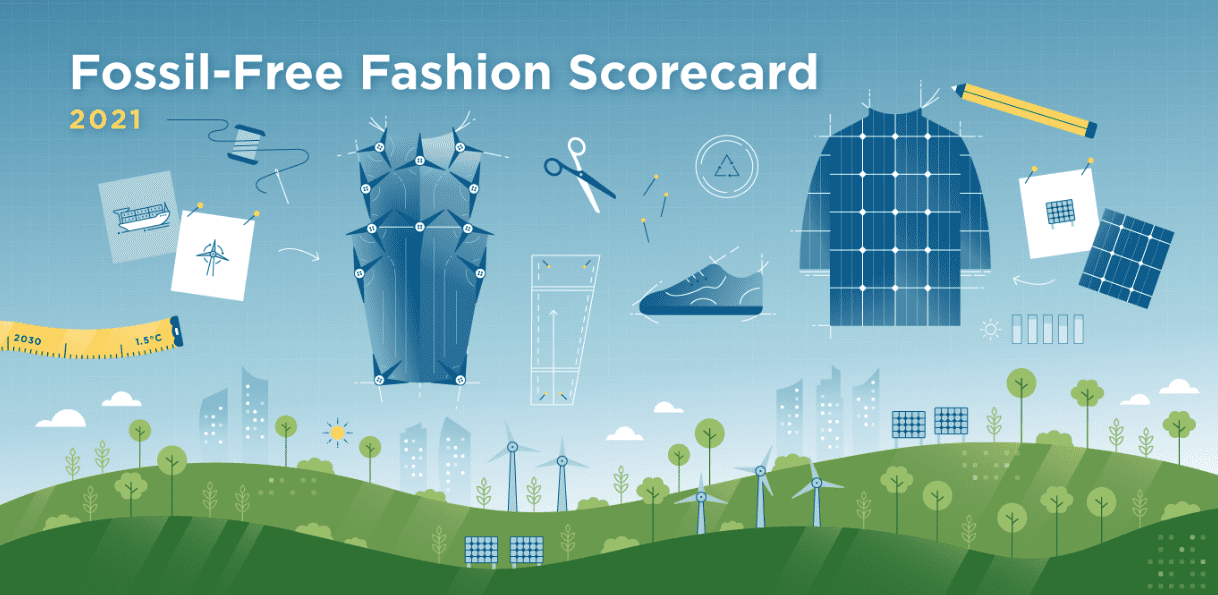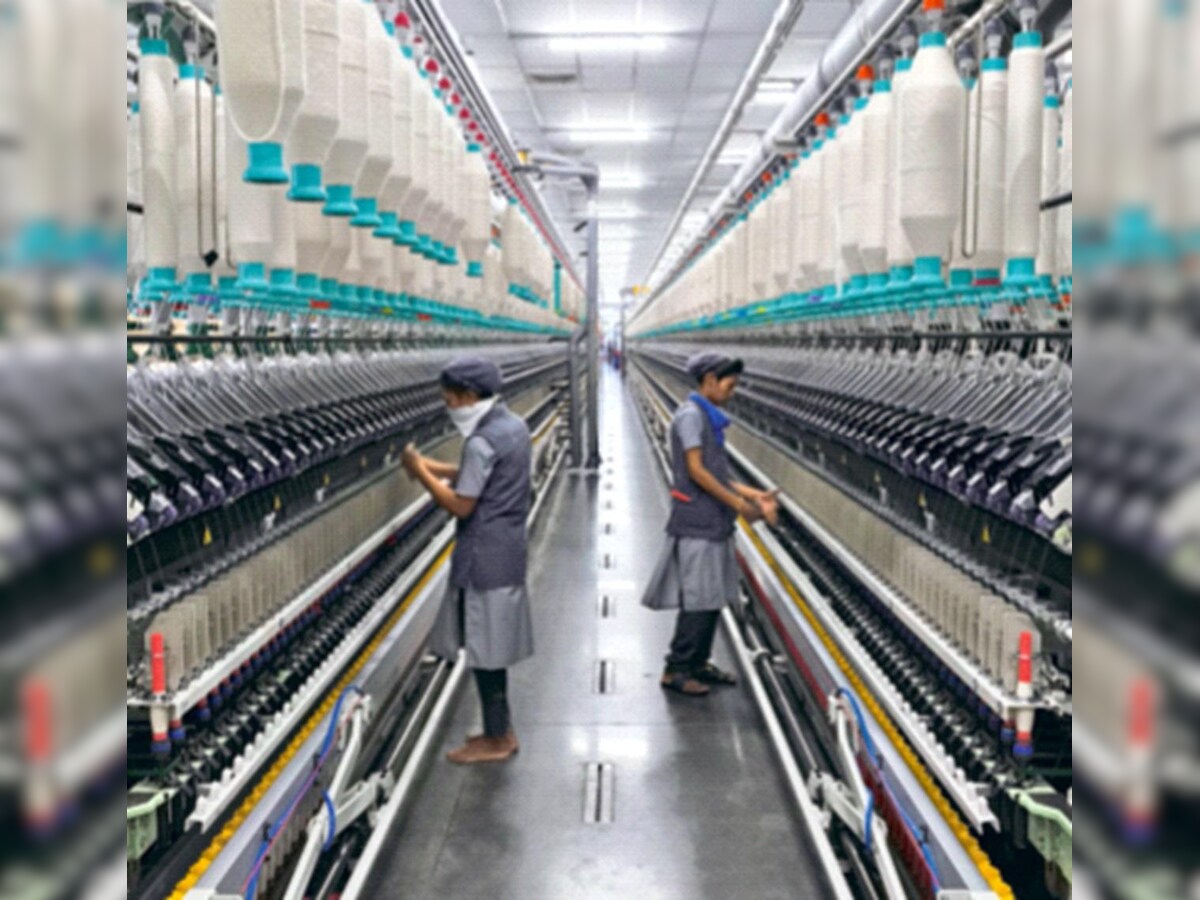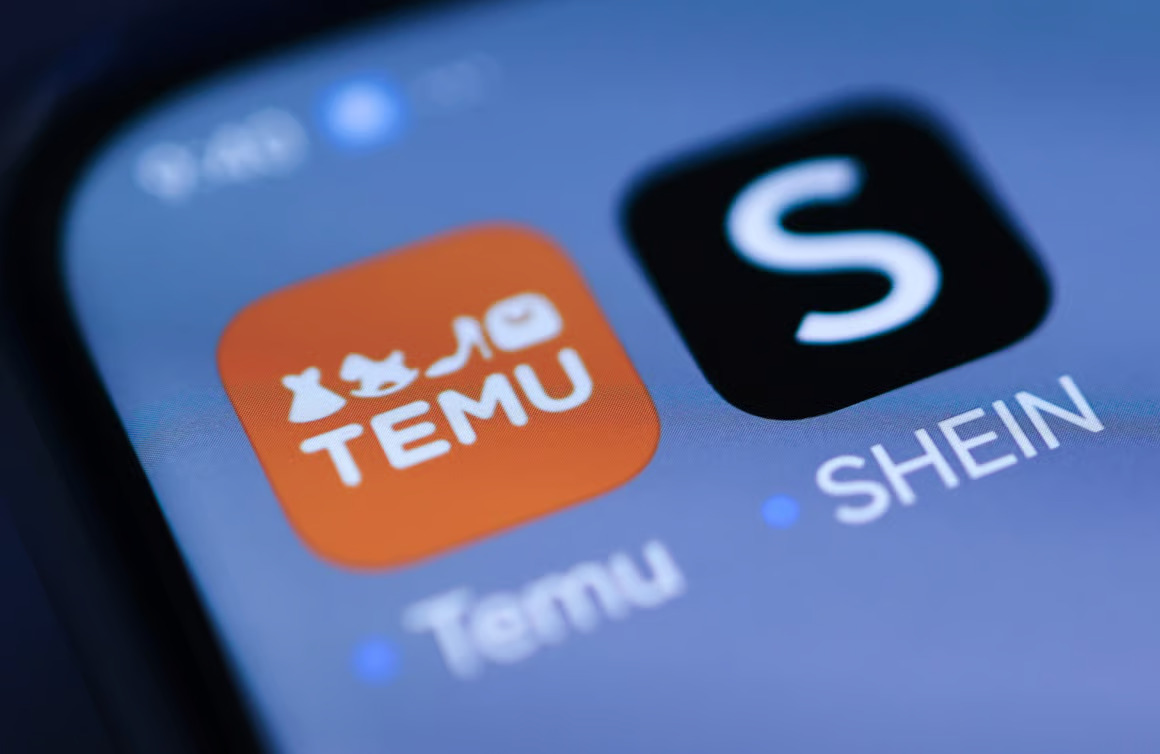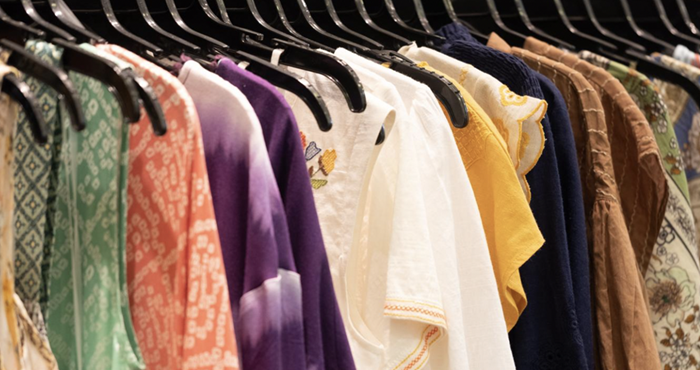FW
Nina-Maria Nitsche is creative director of Brioni and Kering. She will have creative responsibility of the house’s collections and image. She had been with Maison Martin Margiela before that and was the creative director.
Nitsche’s long experience and global creative perspective will enable her to reinforce the clarity of Brioni’s identity, emphasise its sartorial values and reinstate its pioneering heritage. She is known for her creative approach, starting from a clearly defined concept and then transforming that into products that accurately resonate with the customer. Her point of view will allow the brand’s core values to prosper and yet inject a contemporary dialogue that will enable Brioni to evolve into the future. Initiatives of the designer, who has no formal training in fashion, include redesigning the store concept and fashioning a new logo for the high-end Italian brand, whose suits retail in the thousands of euros.
Brioni has the potential to redefine its position as a unique luxury brand. The house’s philosophy is based on a pioneering approach to menswear.
Brioni is an Italian luxury menswear couture house and was founded in 1945. All products are made in Italy and meticulously handcrafted by expert artisans. The house is revered for its personalised bespoke approach. Its product range comprises all categories of men’s apparel and accessories, including shoes, leather goods, jewelry, eyewear and fragrances.
Enterprise technology solutions provider Brandix i3 has changed its name to Fortude. The name change re-positions the company as an independent brand in the IT industry. However, the company will remain a fully-owned subsidiary of the Brandix Group. Fortude has become a trusted partner for high performance solutions to diverse industry leaders across industries including fashion, healthcare, manufacturing and food and beverage.
Fortude is a premium technology solutions partner to industry leaders around the world. The company delivers high impact solutions in ERP, business intelligence and analytics and custom software solutions. It enjoys strong partnerships with technology leaders including Infor, Microsoft, Cegid Retail and Amazon Web Services.
With offices in the US, Sri Lanka and Australia and numerous project delivery locations globally, Fortude is well connected to customers and provides exciting global opportunities to its team of 150 professionals. The company is part of the Brandix Group, a global conglomerate with annual revenues of 750 million dollars.
Brandix leads a group of highly respected export brands in apparel, IT, tea, manufacturing, processed foods, services and printing. The group has been Sri Lanka’s top exporter across all industries for the past four years. In all, it has won 25 presidential export awards to date.
Wool grower believe AWI should not start nor own the Wool Exchange Portal, this proposed Wool Exchange Portal has created good discussion in the industry on the important topic of cost of wool selling in Australia.
The reason being the government-backed, compulsory levy funded, non-commercial AWI model should have no role in Australian wool supply, AWI has no history or track record of commercial success. It is not a commercial organization and lastly starting wool industry bodies is the easiest thing to do. Killing them off is the hardest thing; which we have done several times, but they usually morph back into something similar. If the WEP has commercial merit, then AWI should hand the research and concept over to commercial parties. There may be a place for royalties or an income stream for the intellectual property if successful. But having AWI ownership and AWI directors sit on the board of the new WEP — here we go again.
Leading wool industry analyst Mercardo stated that the WEP projected industry benefit is “small beer” at about 1 percent of the selling costs from wool store to mill, or 0.1pc of the average bale value of wool sold during the past three years. Also alarming is the concept that all growers will pay for the AWI WEP, whether they use it or not. Growers who sell wool direct will have higher costs, which is simply wrong.
The wool industry must not be misled by meaningless jargon If AWI is to add value to the modern Australian wool industry it needs to be updated also if AWI was a commercial body, then it has every right to be involved in wool supply and it could start all the digital platforms it needs.
Talking about the Australian wool industry currently, there has been an attrition within the Australian wool industry, taxes and for acompetitive commercial environment statutory intervention must be removed. Wool industry is a safe sector in which again to invest capital, energy and intellectual propertythis has been decided by the entrepreneurs, corporate players and leaders.
Even as the GST for job working units in textiles has been cut from the proposed 18 per cent to five per cent, apparel, a major segment in the textile value chain, has been left out.
Garment exporters in Tirupur now want that extended to job working units in the apparel segment. They say levying 18 per cent on job work will create an inverted duty scenario disturbing the seamless credit flow thereby defeating the very objective behind GST. Since these job workers fall in the middle of the textile manufacturing value chain, where the credit would ultimately be passed on to the final manufacturer, there would be no revenue implication if the rates are kept at five per cent.
Only services which can be classified as job work in relation to yarn and fabrics of textiles are eligible for the reduced rate of five per cent.
In textile clusters like Tirupur a host of operations including garment printing, embroidery, garment washing, ironing and packing are carried out by micro industries on a job work basis. Some of these processes such as checking, ironing and packing and button fixing are actually carried out by people who do their job work at home.
Cloth merchants in Mumbai have decided to keep their shops shut for a day on June 16 to oppose the Centre’s move of bringing the textile industry under the Goods and Service Tax.
Sixteen associations of cloth merchants from the city and outskirts have formed a Joint Action Committee of Textile Traders Association and decided not to seek GST registration.
Bharat Merchants Chamber, a leading body of textile merchants in the city, says bringing the industry under the GST would hit it badly. It further says GST has been imposed on the textile industry by way of bypassing the existing laws.
The group says the industry is very unorganised and mostly uneducated or poorly educated people are engaged in over 45 lakh looms across the country. Around ten crore people are directly or indirectly involved in the industry. If the GST were to be imposed on the textile industry, it would affect these ten crore people. So it wants the government to do away with its decision to cover the industry under GST.
Textile traders refuse to seek GST registration as the textile industry has always been exempt from any tax under the provisions of the Essential Commodities Act 1957.
Levi Strauss & Co.-owned Dockers is ramping up its efforts to bring performance, stretch and buzz to the non-denim woven category. As the team at Dockers feels, “With the switch to more business casual attire in offices nationwide, khakis are making a comeback. Men are looking for an easy in-between style to wear that isn’t a suit and isn’t denim, and khakis are perfect for that,”
In September, Dockers is launching Smart 360 Flex, a product line featuring four-way stretch technology for premium comfort. With the introduction of the four-way stretch fabric, Dockers has set out to design the most innovative pant yet from the brand with all the functionality and durability consumers expect. Unlike typical stretch fabric, which only stretches one way, four-way flex stretches both horizontally and vertically to deliver maximum comfort.
The brand believes the Smart 360 Flex collection is the answer. It’s tailored, yet comfortable, and provides men with a pant they can wear on any occasion.
Khaki pants have been optimized with comfort that goes beyond fabric. The soft khakis include a stretch interior waist, covert security pockets for smart phones and other valuables, and stretch internal pocket bags to deliver the most purposefully designed pant in any man’s closet.
Dockers, founded in 1986, is a US brand and part of Levi Strauss & Co. Over the last 30 years, Dockers has gathered insights from men around the world. What the brand has learned is simple: men want comfort, modernity and the ability to jet from the boardroom to happy hour.
"Euratex General Assembly conference on Circular Economy in textile & apparel manufacturing held on June 8 was attended by about 100 delegates. Four committed companies and Grzegorz Radziejewski from the cabinet of the Commission Vice President Katainen discussed the opportunities and challenges confronting the sector. Drawing conclusions, Euratex called for collaboration to prosper and showcase art in the circular economy."
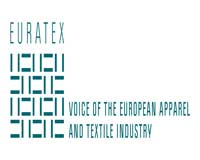
Euratex General Assembly conference on Circular Economy in textile & apparel manufacturing held on June 8 was attended by about 100 delegates. Four committed companies and Grzegorz Radziejewski from the cabinet of the Commission Vice President Katainen discussed the opportunities and challenges confronting the sector. Drawing conclusions, Euratex called for collaboration to prosper and showcase art in the circular economy. Klaus Huneke, President, Euratex, emphasised on three main areas the textile & clothing sector should focus on: importance of free and fair trade between key global trading partners; sustainability, as value for the society; and ‘new quality’ for many companies, which place it at the core of the business’ strategy, investments and a key factor for competitiveness; and the need to intensify market-driven applied research to defend Europe’s position as an innovation leader in the global marketplace and help the RegioTex Initiative should play at regional level.
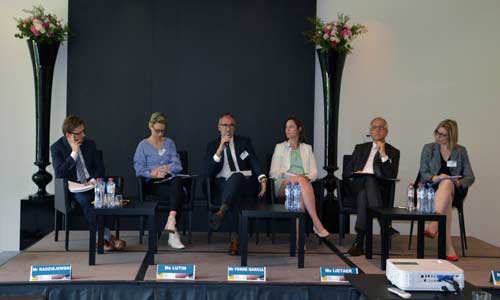
Huneke said sustainability is one of the biggest change in our society and, just like digital revolution, it has the biggest potential to positively impact our society. Moving from a linear to a circular model, may change the way in which people use things, industries produce, the society uses its limited resources and dispose of waste, if any of it is left.
The need for circular economy
Radziejewski highlighted the growing number of people and organisations interested and committed in the circular economy and real benefit of it for resource saving, societal gains such as new jobs creation or increase in disposable, income, environmental footprint among others. He stressed on the benefit from enormous potential of circular economy, we need to change people’s, business and consumers’ mindset, which is the hardest challenge to tackle. He also underlined two essential financing elements to reach circularity goals to engage private capital and to count on business engagement.
For Radziejewski, investment in innovation – in broader sense, not just technological, which includes new business models and processes – and collaboration are key to prosper and gain competitiveness through circular economy in the European Union. He indicated possible ways to finance circular projects. Among others, the ‘Horizon 2020’ program, whose budget for the circular economy has been raised from €600 million to €800 million for 2018-20 period and structural funds with €5.5 billion in 2014-20 period or through the investment plan which aims at mobilising private capital.
Suggested initiatives
To improve existing efforts on circularity in the textile and apparel supply chain two needs emerged from the companies’ views: a clear definition of what recycling really is to protect consumers from false claims; and better visibility for SMEs capacities to create awareness and trigger new partnerships. Drawing conclusions, Mauro Scalia, Head-Sustainable Businesses, Euratex, introduced the industry’s policy brief and upcoming line of action of Euratex with its members, based on three ideas: gather online successful business cases from 100 companies, especially SMEs, to learn about capacities, challenges and to support new partnerships; joining the relevant platforms launched by EU institutions, business and society organisations to contribute by sharing information and technical inputs; and stock taking of results and new actions planning in a public event within one year, by June 2018.
Euratex will work with policy makers and help in designing measures which fit, removing barriers, incentivising demand for circular economy and drive the transition through innovation and investment. Euratex will also work with any other business and society organisation to build on common interests and let the transition happen.
"Campaigns against “fast fashion” scapegoat working-class consumers while doing little to improve the conditions of garment workers. “The high cost of cheap fashion” has alerted customers to the debasing labor conditions and environmental practices that are involved in the production of cheap trendy clothes, or so-called ‘Fast Fashion’. Having realized its impact, many are opting not to buy/shop at fast-fashion retailers, and the short cut to fashion trends."
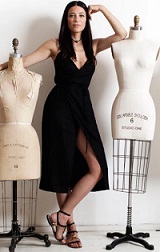
Campaigns against “fast fashion” scapegoat working-class consumers while doing little to improve the conditions of garment workers. “The high cost of cheap fashion” has alerted customers to the debasing labor conditions and environmental practices that are involved in the production of cheap trendy clothes, or so-called ‘Fast Fashion’. Having realized its impact, many are opting not to buy/shop at fast-fashion retailers, and the short cut to fashion trends.
It’s hard for most people to sound such outlandish excess; it’s become hard for the excessive spender to feel the full glory of her excess when the status barometer is forever on the rise. Fast fashion looks more like robbing workers of a living wage and safe working conditions, and robbing legitimate designers of their creative property. Opposing fast fashion is intuitively appealing. It often springs from a genuine desire to make the world a better place, to limit exploitation, and foster creativity.
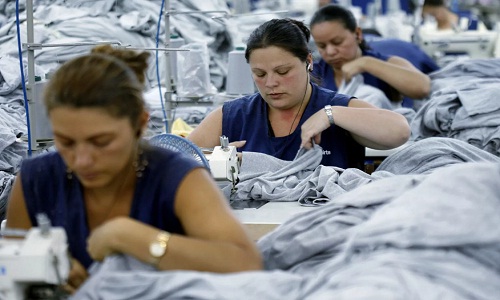
Anti–fast fashion stances give rise to racist, class-biased, and historical myths about garment workers. To decry this low-level, already stigmatized market is to either misunderstand or intentionally ignore the structural relationships and realities of the larger fashion system. Campaigns urge consumers to avoid budget retailers to show that they stand against the exploitation of fashion workers and intellectual property theft.
Fast fashion is a market within a massive apparel and commercial industry. Its designs generally don’t capture headlines or public attention. The central myth of anti-fast fashion discourse is that low prices signify low standards of production (and a lower-quality product), while high prices indicate high standards of production (and a high-quality product).
At present many expensive fashions are associated with higher-status consumers whose tastes are morally superior, ethically discriminating, and knowledgeable about the “high costs of cheap fashion”.
However it isn’t just fast fashion brands that copy other designers or use sweatshop labor. These practices exist across the industry, from budget to luxury fashion. It’s not uncommon to find workers in the same factory producing both fast fashion and luxury fashion garments. Purchasing more expensive clothes based on some misguided code of ethics does nothing to reduce global capitalism’s racially gendered divisions of labor, opportunities, and rewards.
Tommy Hilfiger has named musical duo, Grammy award-winning pair, Andrew Taggart and Alex Pall of the music group, The Chainsmokers as its new global menswear ambassadors. The Chainsmokers, will appear as the new global brand ambassadors beginning Fall ’17. The advertisements will feature a limited edition co-branded item as well as Tommy Hilfiger Tailored garments and the brand’s sportswear lines.
Daniel Grieder, CEO, Tommy Hilfiger Global and PVH Europe says that Tommy’s pioneering approach to fusing fashion and music is part of menswear heritage and the partnership with The Chainsmokers reflects the company’s strategic commitment to bring the next generation of Tommy Hilfiger consumers into our men’s business with exciting fashion collections, curated shopping experiences, and digital commerce convenience. The brand will be seen all over the world.
Talking about the brand Tommy Hilfiger is one of the first designers to blend fashion and celebrity, and dressed young artists. The brand also sponsored tours for the likes of Britney Spears and Lenny Kravitz, and featured musicians such David Bowie and Beyoncé in advertising campaigns.
Written in accordance with the Global Reporting Initiative’s (GRI) G4 Guidelines Core option, Southwire recently launched its third report. This interactive, online update on the progress of Southwire’s sustainability commitments features the company’s management approach, goals and advancement in its most significant, or “material,” sustainability topics. The report update also highlights examples of how Southwire is strengthening its focus in these key areas.
Southwire had launched its first GRI report as an overview of its progress for the year 2014, further supporting its strong allegiance to transparency surrounding the company's sustainability initiative. Southwire's report for 2016 features not only updates on the company’s 13 identified material topics, but launches a revitalized brand and an updated set of goals for 2021.
The new brand provides a captivating visual representation of how all five of core tenets integrate to form commitment to sustainability. Behind the brand are a new set of goals which will help guide us toward more significant advancements on our journey to best-in-class sustainability practices..
As referenced in the report, 2016 yielded positive growth for Southwire, highlighted by strong business results, the creation of a clear business strategy under its new leadership and a steadfast commitment to its communities. A key highlight for the company was its marked progress in the area of safety.
Some of Southwire’s other notable accomplishments for 2016, within its tenets of sustainability, include the successful acquisition and integration of United Copper Industries and Sumner Manufacturing; the development and launch of several innovative, award-winning products and record volunteer efforts through Project GIFT, the company’s non-profit employee initiative.

